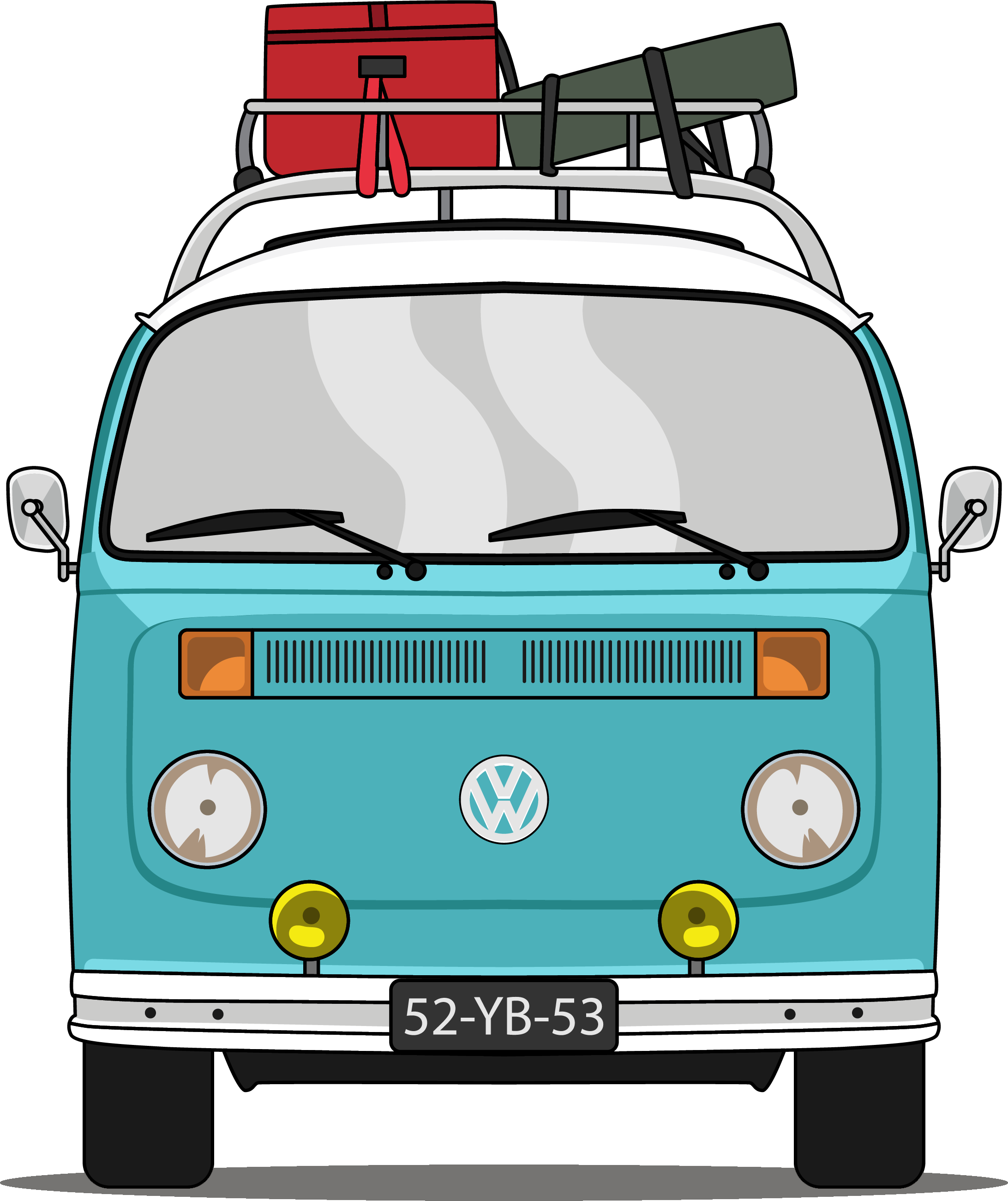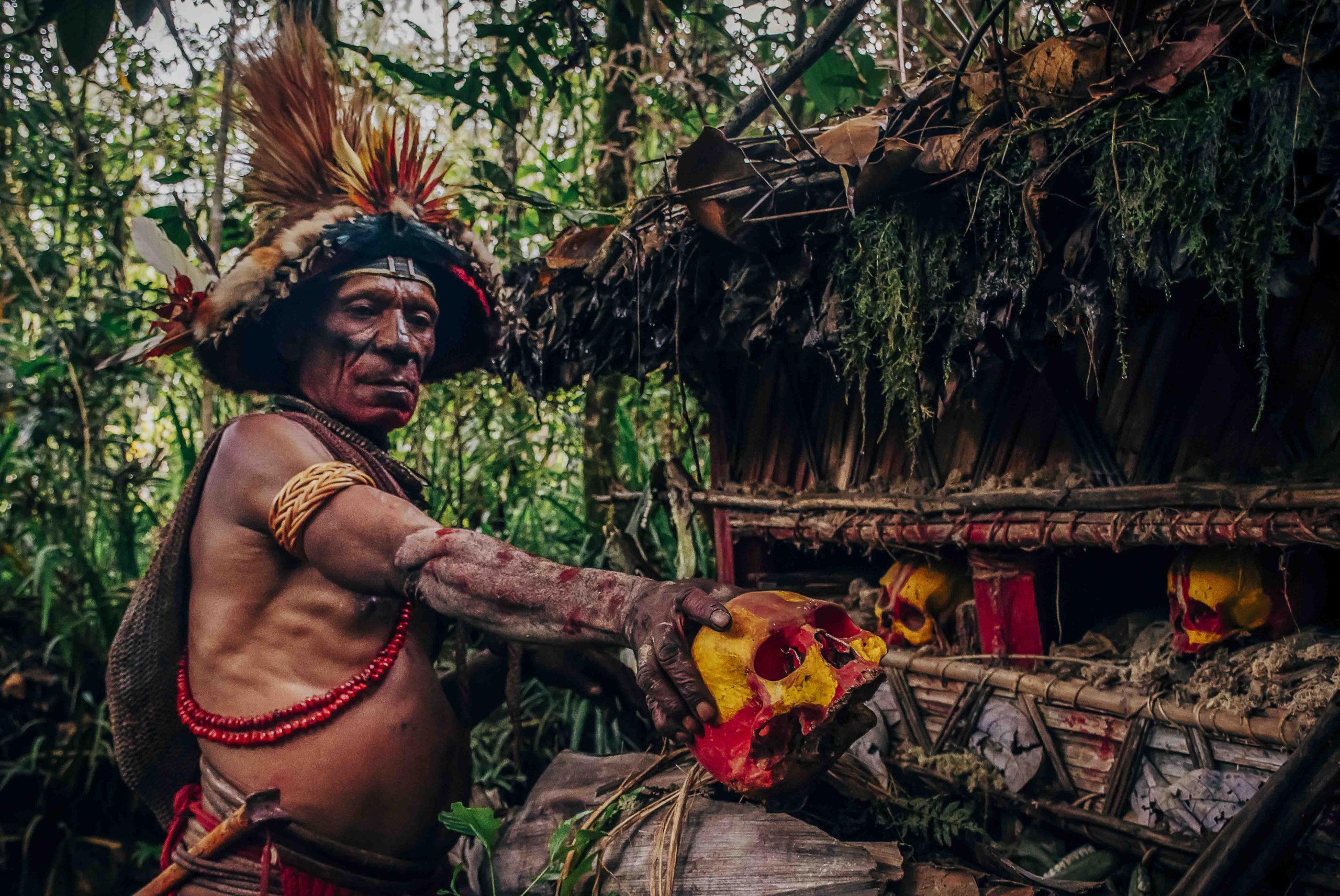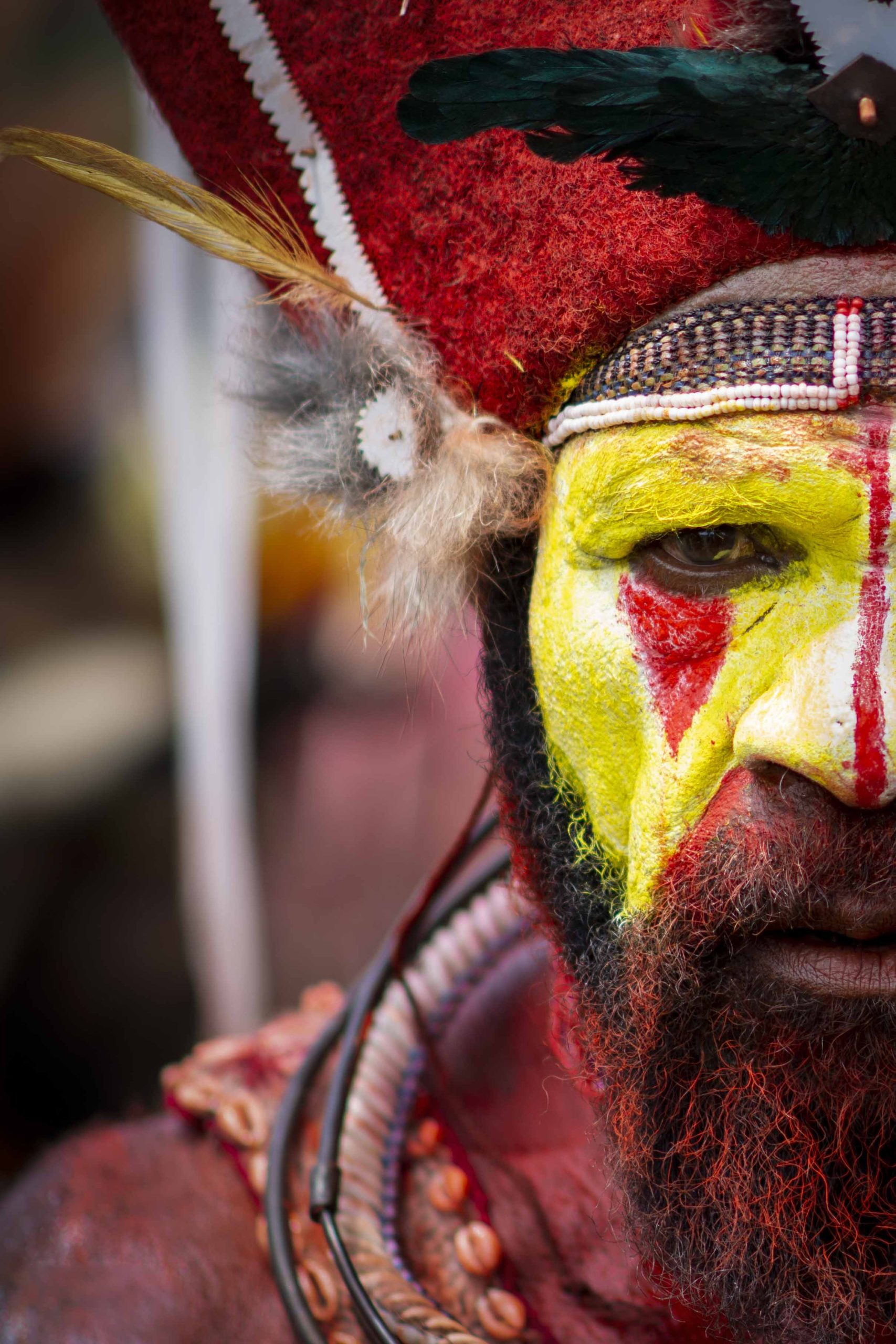Papua New Guinea
MYlightsAn island in the Southwest Pacific Ocean. It has the highest peak of Oceania and the most colourful people on the planet. It’s also home to birds of Paradise and more than 600 tribes, all with their own language.
History at a glance
Papua New Guinea is not one but several islands. These islands were settled over a period of 40.000 years by a mixture of peoples who are referred to as Melanesians. In 1975 the country became independent. Since then it faces challenges in governing more than 600 diverse, isolated local societies.
The low-lying plains of southern New Guinea (that is Papua New Guinea and West Guinea) are geologically part of the Australian Plate. New Guinea was separated physically from Australia only some 8.000 years ago by the shallow flooding of the Torres Strait.
Where
On our trip we visited Tari (home to the Huli Wigmen), we climbed Mount Wilhelm (highest mountain of Oceania), had a boat trip on the Sepik river and went diving in Tufi.
When
We visited Papua New Guinea in August because of the many tribal festivals (sing-sing) in that time. It’s when most tourists visit, but you won’t see them much, other than on airports and festivals.
How
You can plan everything on your own or book via an agency – which is quite expensive. In Papua New Guinea aren’t many roads so you have to book many flights in advance.
Cultural diversity
The cultural diversity of Papua New Guinea is the country’s biggest draw. The island is packed with an astounding mix of fascinating tribes and indigenous cultures. This truly sets Papua New Guinea apart from other countries.
Among the population of 7 million people, there are more than 600 distinct tribes and more than 850 languages are spoken. Some 40 tribes are still uncontacted living in solitary in the jungles of the island. Because many of the tribes were cut off from each other for hundreds of years the cultures and traditions vary per region. They’re also well preserved.
Our MYlights
Often there is more to see, do and eat than we can squeeze into a trip. There is not enough time to explore enough to share with you the ultimate highlights of a country. Only locals can do that. Instead we share with you our MYlights; the highlights of what we’ve done on a trip.
Governmas | Sepik River
Absolutely a highlight on our trip, by boat sailing the sepik river and ending up at a tiny village. Governmas is not a very popular destination, there are no hotels or guesthouses. There is no restaurant, no pub, no shop. The toilet is outside and so is the shower. We cooked on a fire outside, slept in the home of a local and spend our time sitting and chatting. Well, not so much chatting as the people speak their own language. It was magical. No WiFi, no electricity, nothing that would distract us from being in the moment.
Hiking around Tari
To see a bird of paradise you need to go in the jungle. Far in the jungle. Tari is the area of the Huli Wigmen. They hunt the bird of pray. First and foremost because they use it’s feathers for the head dresses. We didn’t see any bird of paradise but we did hike into the jungle and met many people who then hiked with us. “You are our guest, we must walk with you and make sure you are safe”. Yes, there are tribal fights. No, people are not used to tourists. Some have never seen a white person before. So some cautions should be taken. Other than that, hiking here is amazing. Mountains, jungles, rivers, farmland and the cutest of villages.
Meet the tribes
There are about 600 tribes in Papua New Guina and 850 languages. There are even some unconacted tribes living in the jungle of the island. However, most of the tribes are well known to tourists. There are several festivals where you get to see many of the tribes, such festivals are ‘Mount Hagen festival’, ‘Sepik Crocodile festival’ and ‘Mask festival’ of the Bainang fire-dancers.
It’s also amazing to meet people of the tribes outside of the festival, when they are not culturally dressed. More about the festivals in our e-book.
Visit a fortune teller
Yes it nowadays is only done to entertain tourists but you get to see a glimpse into the life that once was. Often the people believe in talking to their ancestors through the skulls of their fathers, grandfathers and so on. You’ll find about 9 generations of skulls in these sacred places and you are only allowed to enter if the ancestors unanymously decide you are worth the entrance. Normally women are not but for tourists they make an exception.







